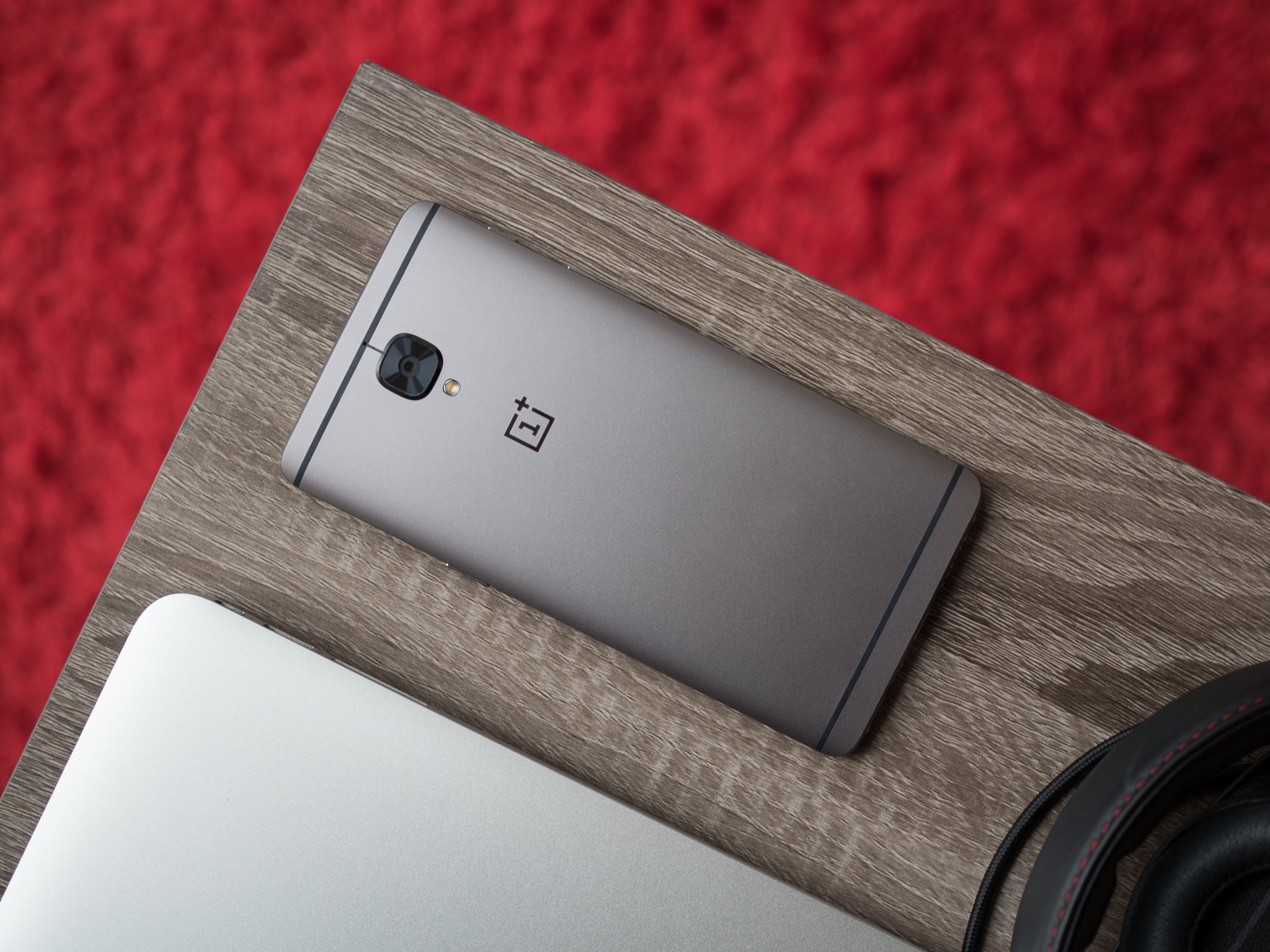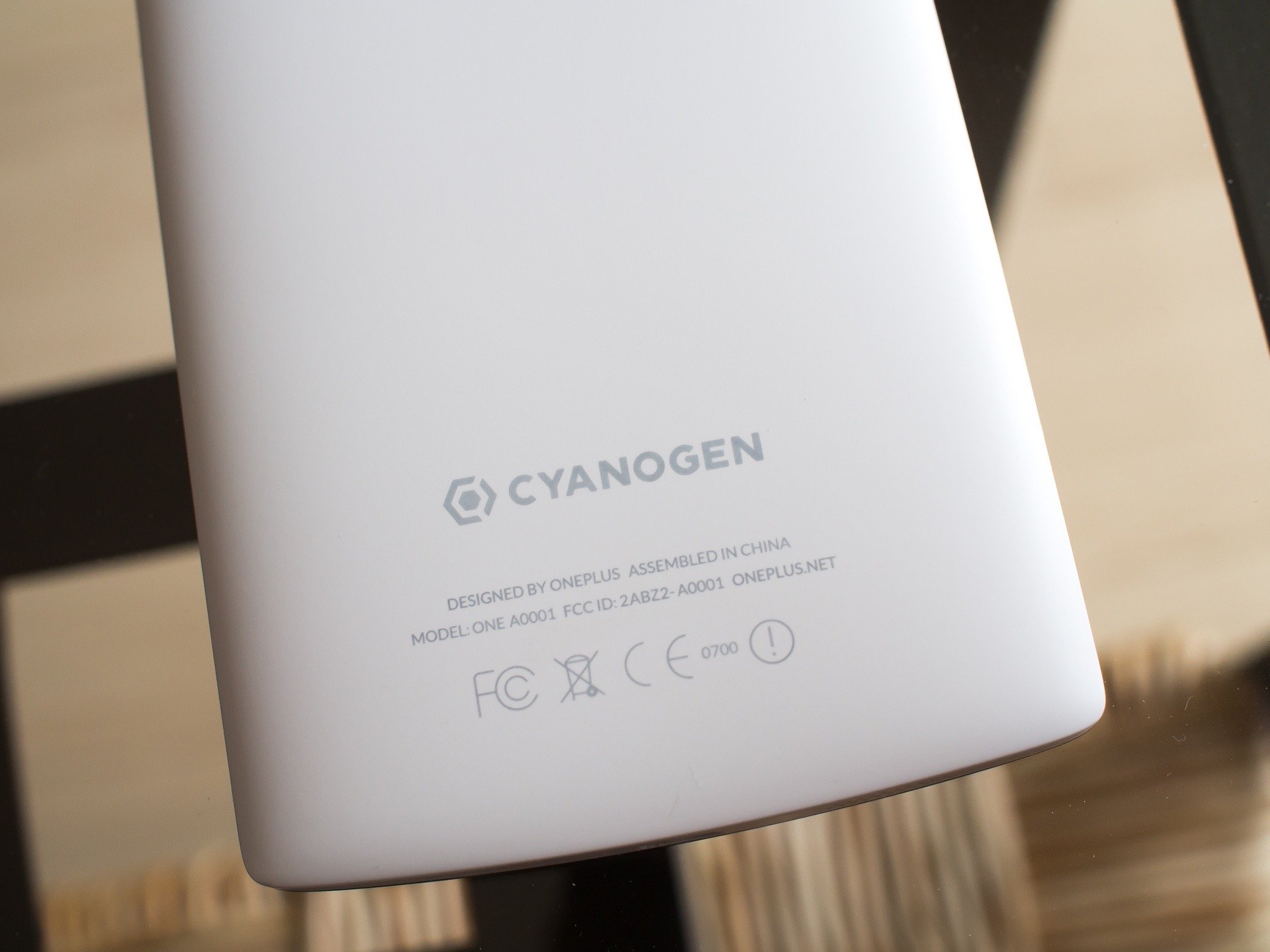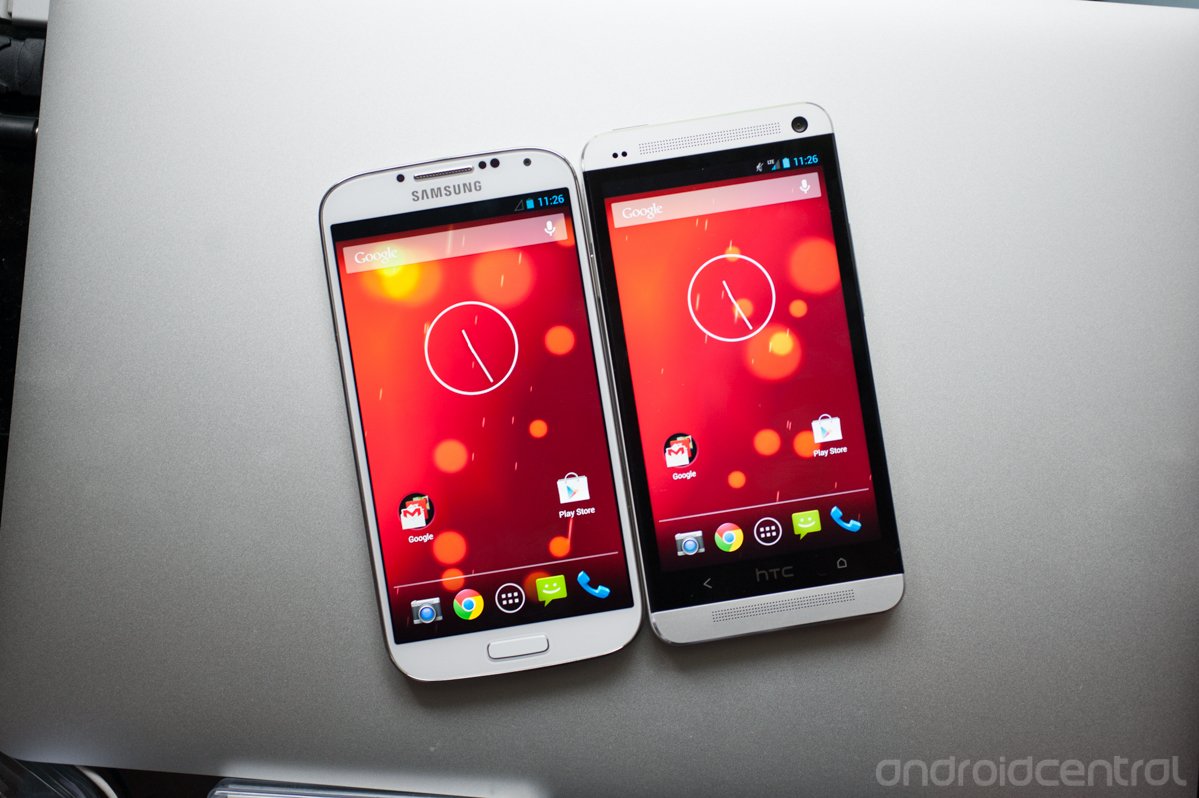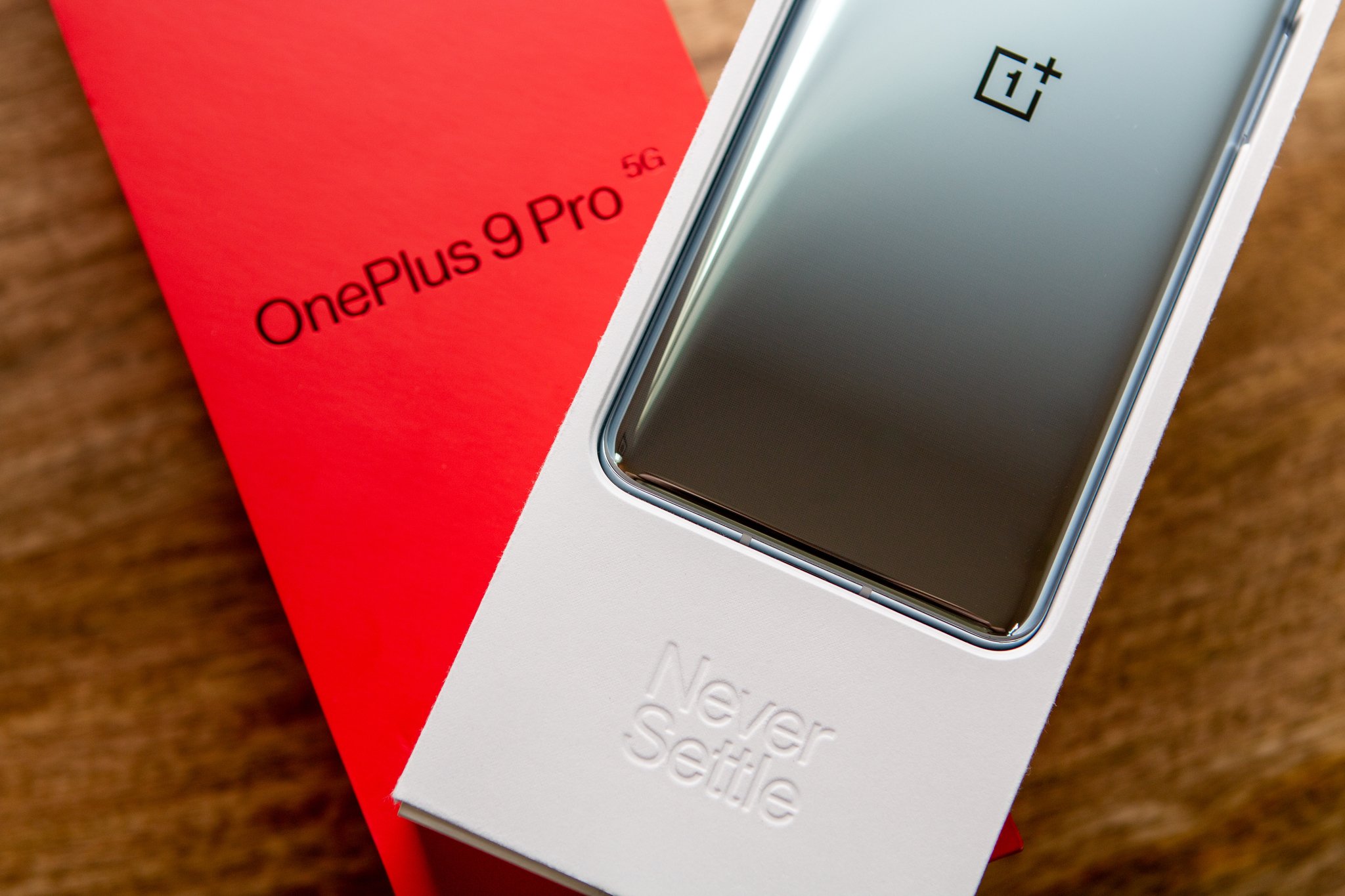It's coming any day now. Google's first foray into creating its own chipset for its own device, is on the way with the Pixel 6 and Pixel 6 Pro. And while a lot is riding on these devices from a market share standpoint, there's also a lot riding on them for Android enthusiasts.
LG is gone, HTC is hanging on by a literal thread, and Motorola is just different now. But if you jump back five years, the story was very different. Then, Samsung was still largely leading the charge, but it had much more competition from other phone makers. Meanwhile, Google was just working on its first Google Pixel release, and the OnePlus 3T was making big waves.
That's because after seeing the success of the OnePlus One, and subsequent OnePlus 2, the OnePlus 3T offered something quite a bit different. OnePlus' "Never Settle" moniker still held strong thanks to the introduction of Dash Charge while still offering one of the best values that could be found.
But OnePlus also offered something that almost none of the other smartphone makers would. And that's a phone primed for tinkering, and beloved by loads of Android enthusiasts. Of course, you wouldn't get the best camera system, but the combination of sleek hardware with arguably the best software skin in OxygenOS helped push the company to the next level.
This trend continued for the next few years, until it was apparent that OnePlus had its eyes set on bigger fish. Mainly Samsung. To the company's credit, OnePlus is still out here and competing with Samsung, despite everything that has taken place over just the last few months. But because of decisions made in those months, the door is open for Google to usurp OnePlus's enthusiast following.
A world once dominated by OnePlus...
One reason why OnePlus was touted as an enthusiast phone was simple; CyanogenMod. If you were even somewhat interested in rooting back in the day, you heard about CyanogenMod. And with the OnePlus One, this is the software experience you were able to enjoy. The company took many of those customization tweaks and software features and rolled them into OxygenOS, which was introduced with the OnePlus 2, lasting until the upcoming OxygenOS 12 release.
Google attempted to make sure to "take care" of its enthusiast users with the whole "Google Play Edition" series of phones. This provided flagship specs with stock Android, but what made it interesting was that you could get different phones from different manufacturers while still using stock software. The list included the likes of the Samsung Galaxy S4, Moto G, and my favorite, the HTC One M7.
And it was great because a few of the companies that participated in the Google Play Edition program were real sticklers when it came to unlocking the boot loader, let alone rooting and ROM'ing. That's another area where the OnePlus series of phones has excelled, as it's just become the default option for many who want to root, ROM, and tinker with Android.
But the GPE program was dissolved and just disappeared back in 2015, leaving us to compromise with Google's hardware to enjoy the stock Android experience. Rooting and installing custom ROMs could remedy that, but even then, the options for the best rooting phones are slim-pickings. So, users were left with either using Google's Pixel lineup or a OnePlus phone, as there really aren't many other options.
Unfortunately, OnePlus went from "Never Settles" into seemingly settling with every release. Take the most recent OnePlus 9 series, for example. It was discovered that OnePlus was intentionally limiting applications from taking full advantage of the Snapdragon 888.
OnePlus wasn't exactly manipulating benchmarks as we've seen from certain companies in the past. However, it did not let users know what was going on behind the scenes on your device. And that doesn't even take into account the fact that OnePlus has been positioning itself more as a competitor to the best Samsung phones. Instead, it feels as though the whole concept of "Never Settle" has been relegated to the Nord series of devices.
While this is fine for many, the problem is that the best OnePlus Nord phones aren't even available in all of the most popular regions. The latest OnePlus Nord 2 is limited to specific regions, just like the original Nord, so we really aren't getting that "flagship" experience on a budget here in the States.
It's time for Google to fill the Android enthusiast void
So, where does the Pixel 6 fall into all of this? On the one hand, Google is gearing up to swing for the fences and go the Apple and Samsung route with its self-made chip, Google Tensor. The Pixel 6 will represent the first Google-branded smartphone not to be powered by a Qualcomm chipset. And while we aren't expecting a punch-for-punch Snapdragon 888+ competitor, the Tensor chip is rumored to get close enough that you won't notice much of a difference.
And that's just one facet. Another is that Google is bucking its trend of conservative and muted phone designs in favor of something much more robotic and exciting. Then, there's the whole aspect of Android 12 and everything that will bring with it thanks to Material You and its system-wide dynamic theming engine.
One of the big reasons to use Android over something like iOS comes down to customization, turning a phone that you purchased into your phone. Unfortunately, to really unlock that power now requires going through the process of rooting and rom'ing just to get everything tweaked the way you want it. Now, with the Material You theming engine, a lot of the hard work is being done for you.
Simply apply a wallpaper that tickles your fancy, and just start using your phone. The interface changes color to match the wallpaper, along with many of the best Android apps out there. This will need to be adopted by more developers, but that will come in due time. Google still hasn't finished updating all of its own apps, but the ones updated so far look stunning. Having your phone using a matching theme across the interface creates an experience that you can't find elsewhere.
But at its core, it's essentially a flagship smartphone running stock Android. Plus, if the rumors about the Pixel 6's powerful specs come to fruition, Google is "righting" the ship after a lackluster couple of years in the smartphone market.
All of these are things we were hoping to see from the Pixel 5 — the upgraded camera system, the (up to) 120Hz refresh rate, the faster wireless charging, better battery life — but just didn't are coming with the Pixel 6. Now we know why 2020 was a weird year, as we saw the Pixel 4a released, then the Pixel 5 and the Pixel 4a 5G, all within a couple of months of one another. Google was working on something much, much bigger for 2021.
After OnePlus essentially outgrew itself and was forced into relying on Oppo and ColorOS for OxygenOS 12, it's just not the same company anymore. Google's Android 12 and the openness of Android in general is where the enthusiasts are likely to flock. Even if you don't want to swing for the fences with the Pixel 6, which is already confirmed as coming in on the pricier side, it allows Google to also focus on its value tier phones like the Pixel 5a.
Then there's the whole debate about software updates and how long Google should provide major OS updates, not just security patches. Samsung has already extended its policy to three years of Android updates for many of its devices. But that still pales in comparison to Apple supporting six-year-old phones like the iPhone 6s from 2015 with iOS 15.
If Google plays its cards right and announces sweeping changes to how long it will support its devices, this could be a huge game-changer. As it stands, rumors point to Google making some type of announcement along with the Pixel 6. We could end up with five years of major OS updates moving forward, which is even more than what Samsung offers.
Between its A-series of phones and the flagship-tier Pixel 6, paired with the recent downtrend in reliability and the lost trust for OnePlus, Google is ready to take the reins. Now, we just need to await the arrival of what is likely to end up as the best Android phone of the year. And it can't get here soon enough.





Tidak ada komentar:
Posting Komentar